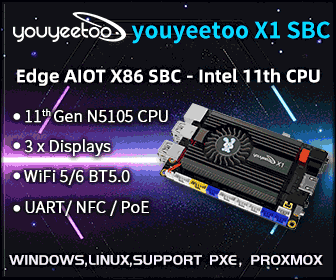DENX Computer Systems Introduces Atmel SAMA5D44 and Freescale i.MX6 System-on-Modules
Embedded World 2015 exhibition and conference will take place in Nuremberg, Germany on February 24-26, 2015, and we should expect interesting news related to MCU, industrial processors, and related development kits and boards next week. DENX Computer Systems has already unveiled two new SoM families with MA5D4 based on Atmel SAMA5D44 Cortex A5 processor, and M6R based on Freescale i.MX 6 Cortex A9 processors. DENX MA5D4 System-on-Module MA5D4 SoM specifications: Processor – Atmel SAMA5D44 Cortex A5 @ 528MHz with 720p hardware video decoder supporting H264/263, VP8, JPEG. System Memory – 128 – 512MB DDR2 RAM Storage – 4 – 32GB eMMC Flash (or optionally 256MB NAND Flash); 4 MB MByte SPI NOR-Flash; I/Os via 230-pin MXM2 edge connector Video Out / Display Support – HDMI. TFT controller, overlay support for image composition, resitive Touchscreen controller Camera – CMOS image sensor interface external bus A/D 25/16 bit 2x 10/100MBit Ethernet, IEEE1588 […]





